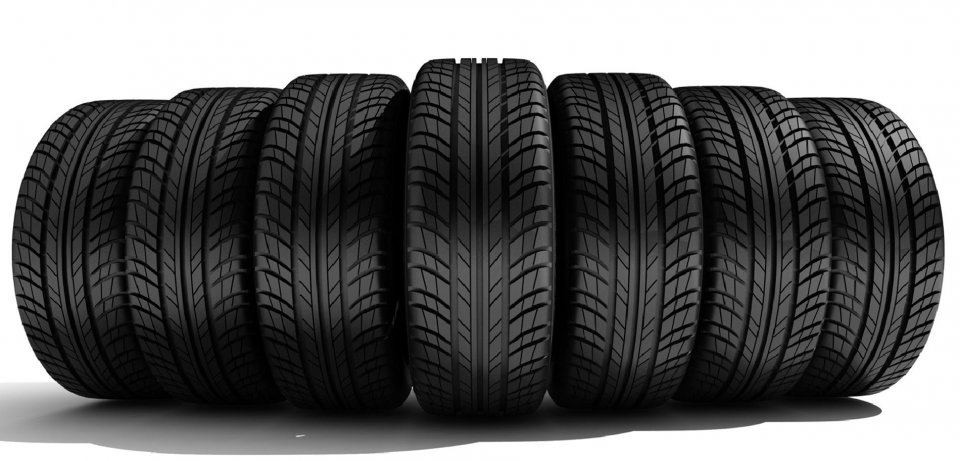The front tyres on a car carry a lot more weight than the rear tyres, so they wear out more easily. Rotating the tyres on your car is a good way of ensuring that the tread on them remains even.
However, this is not as simple as just moving the tyres to the next position on your vehicle. Tyres can have different tread patterns and the pattern helps to determine how the tyre should be fitted and rotated. Not following the correct rotation pattern means that the tyre could be unsafe to drive on.
This is why, if you want to make sure that the tread on your Goodyear tyres remains even, you need to check the pattern of the tread before you make any changes to a tyre’s position on your car.
Table of Contents
What is a directional tread pattern?
Tyres which have a directional tread pattern are normally covered by a series of chevrons and arrows. This type of pattern is ideal for use on very wet or snowy roads as it helps to displace the excess water. The pattern on a directional tyre means that is only intended to turn in one direction. This means that when you rotate this type of tyre you should swap the back tyre for the front tyre on the same side of the car.
What about non-directional tyres?
Non-directional tyres are commonly used on family cars. Due to the nature of the pattern on them they are not restricted to turning in one direction. This means that they can be rotated from side to side as well as from front to back, and vice-versa.
This may sound complicated, but it’s actually quite simple to rotate non-directional tyres on a car. If the vehicle is rear wheel drive, you simply need to swap the front tyres to the opposite side at the rear of the car, bringing the rear tyres forward on the same side. For a front wheel drive car, you swap the rear tyres to the front opposite side of the vehicle and take the front tyres back on the same side.
Taking care of tyres
Rotation is not the only thing that you can do to try and keep the tyres on your car in good condition. There are several other steps that you can take.
- Check the pressures on tyres at least once every month, and before long journeys.
- Check tyre tread for uneven wear which may suggest that the wheel is not aligned, or balanced, correctly.
- Drive in a sensible manner, keeping to the speed limit and only braking when necessary.
All of these actions can help to protect the tyres on your car.
As far as tyre rotation is concerned, it’s recommended that this should be done for every 5,000 miles of driving. Doing so means that you keep the wear on your tyres even. Remember to take care when you are making changes, and rotate tyres as directed.



